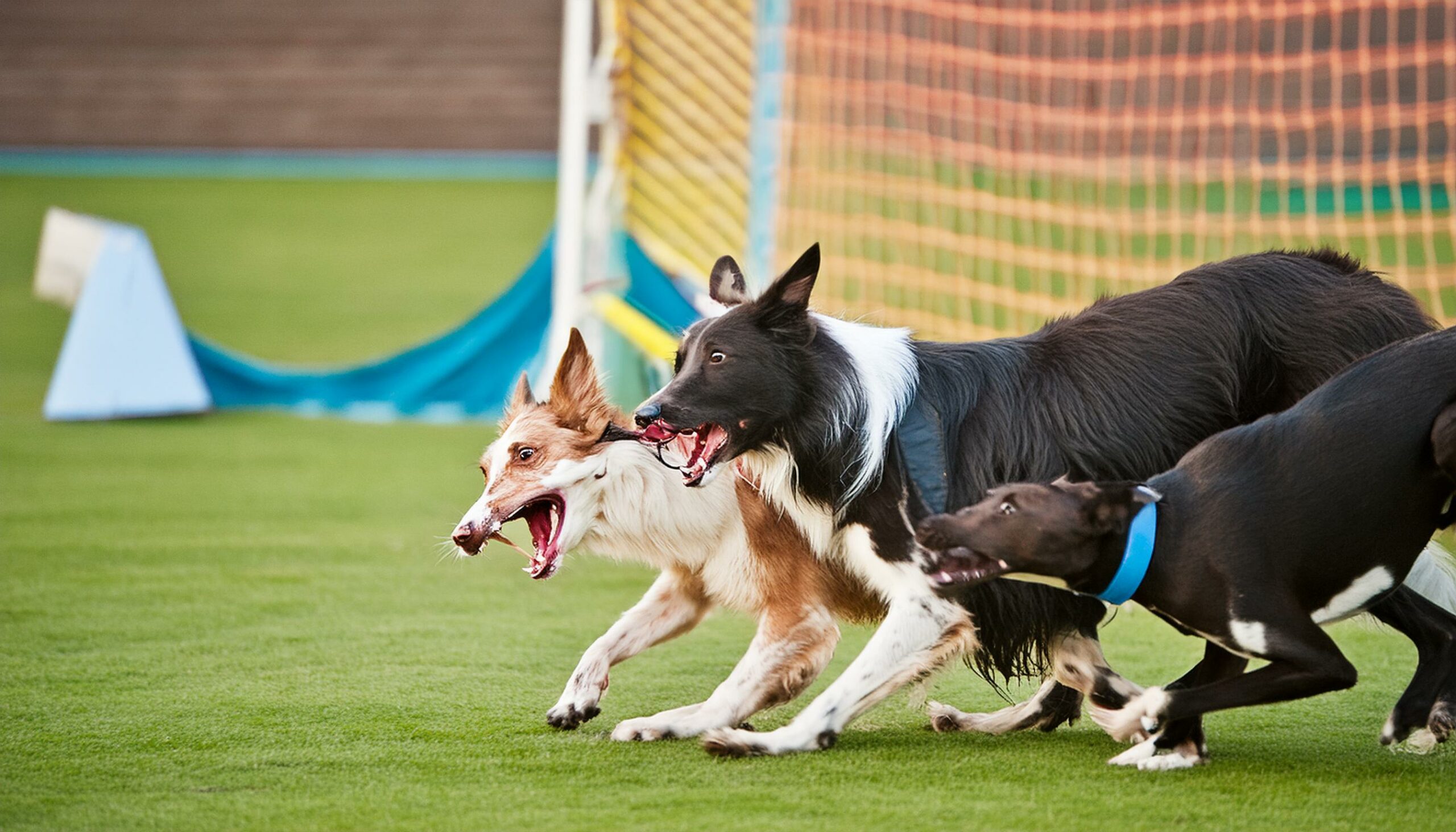Border Collies, often hailed as one of the most intelligent dog breeds, are adored by many for their remarkable abilities and unwavering loyalty. However, behind their striking intelligence and work ethic lie several challenges that potential owners should consider. In this comprehensive guide, we delve into the various disadvantages of owning a Border Collie to help you make an informed decision before welcoming one into your home.
Health Issues in Border Collies
Common Health Problems
Border Collies, like many purebred dogs, are prone to certain health issues that can affect their quality of life. Among the most common ailments seen in this breed are hip dysplasia, epilepsy, and progressive retinal atrophy (PRA). These conditions can lead to discomfort, pain, and in some cases, may require extensive medical intervention to manage effectively.
Genetic Predispositions
Due to their breeding history and genetic makeup, Border Collies may inherit predispositions to certain health conditions. While responsible breeding practices aim to minimize these risks, potential owners should be aware of the possibility of genetic health issues and be prepared for the associated care and expenses.
Behavioral Challenges
High Energy Levels
Border Collies are renowned for their boundless energy and stamina. While this trait makes them excellent working dogs, it can be a challenge for owners who are unable to provide adequate physical exercise and mental stimulation. Without sufficient outlets for their energy, Border Collies may become restless, frustrated, and exhibit undesirable behaviors such as excessive barking or destructive chewing.
Need for Mental Stimulation
In addition to physical exercise, Border Collies require regular mental stimulation to keep their highly intelligent minds engaged. Without adequate mental challenges, they may become bored and seek out their own entertainment, which can manifest in behaviors such as digging, escaping, or obsessive licking. Providing enrichment activities, interactive toys, and training sessions that stimulate their problem-solving abilities are essential for their well-being.
Training Difficulties
Intelligence Leading to Stubbornness
Border Collies are exceptionally intelligent dogs, often ranking at the top of canine intelligence tests. While this intelligence is a boon in many ways, it can also lead to stubbornness and independence during training sessions. Owners may find themselves challenged by a Border Collie’s ability to outsmart them or their reluctance to follow commands they deem unnecessary. Consistent, positive reinforcement-based training methods are crucial to overcoming this challenge and fostering a strong bond with your Border Collie.
Herding Instincts
One of the defining characteristics of Border Collies is their innate herding instinct. While this instinct is deeply ingrained in their DNA and has been honed through centuries of selective breeding, it can present challenges in a domestic setting. Border Collies may exhibit herding behaviors such as nipping at ankles, chasing moving objects, or attempting to corral children or other pets. Proper training and socialization are essential to channel and manage these instincts appropriately.
Socialization Issues

Tendency Towards Shyness
Despite their confident demeanor, some Border Collies may exhibit shyness or timidity, particularly in unfamiliar situations or around strangers. Early and ongoing socialization is crucial to help them develop confidence, resilience, and positive associations with new people, places, and experiences.
Aggression Towards Strangers or Other Animals
Without proper socialization and exposure to various stimuli, Border Collies may display aggression towards strangers or other animals. This can manifest as territorial behavior, resource guarding, or fear-based aggression. It’s imperative for owners to invest time and effort into socializing their Border Collie from a young age, using positive reinforcement techniques to encourage appropriate behavior.
Time and Attention Requirements
Need for Regular Exercise
Border Collies thrive on physical activity and require ample opportunities to expend their energy. A lack of exercise can lead to boredom, frustration, and the development of undesirable behaviors. Owners should be prepared to commit to daily walks, runs, or play sessions to meet their Border Collie’s exercise needs and keep them mentally and physically stimulated.
Demand for Human Interaction
In addition to physical exercise, Border Collies crave human companionship and thrive on interaction with their owners. They are not well-suited to being left alone for long periods and may experience separation anxiety if deprived of social contact. Owners should be prepared to devote significant time and attention to their Border Collie, including engaging in training sessions, playtime, and bonding activities.
Grooming Needs
Double Coat Maintenance
Border Collies have a dense double coat that requires regular maintenance to keep it in optimal condition. Regular brushing is essential to remove loose hair, prevent matting, and distribute natural oils throughout the coat. Neglecting grooming duties can result in discomfort for the dog and an increase in shedding around the home.
Shedding
Like many double-coated breeds, Border Collies shed seasonally to remove old or damaged hair and make way for new growth. While shedding is a natural process, it can be more pronounced in Border Collies, especially during the spring and fall. Owners should be prepared to invest time in grooming during these periods to manage the shedding and keep their home clean.
Financial Considerations
Veterinary Costs
Owning a Border Collie can entail significant veterinary expenses, including routine check-ups, vaccinations, and potential treatment for health issues. Additionally, emergency veterinary care can be costly, especially for conditions that require surgery or ongoing medication. Owners should budget for these expenses and consider investing in pet insurance to help offset the costs of unexpected medical care.
Food Expenses
Border Collies require a high-quality diet to support their energy levels and overall health. Feeding them a nutritious and balanced diet can be more expensive than purchasing lower-quality commercial dog food. Owners should be prepared to invest in premium dog food and treats to meet their Border Collie’s nutritional needs and ensure their well-being.
In conclusion, while Border Collies are undoubtedly remarkable dogs with many positive qualities, potential owners should carefully consider the disadvantages associated with the breed. From health issues and behavioral challenges to grooming needs and financial considerations, owning a Border Collie requires dedication, time, and resources. However, for those willing to commit to meeting their needs, the rewards of sharing life with a Border Collie can be immeasurable.
Unique FAQs
Are Border Collies suitable for apartment living?
While Border Collies can adapt to apartment living with sufficient exercise and mental stimulation, they are better suited to homes with ample space to run and play.
Do Border Collies get along with other pets?
With proper socialization, Border Collies can coexist peacefully with other pets. However, their herding instincts may require supervision and training to prevent chasing or nipping behaviors.
How much exercise do Border Collies need daily?
Border Collies require a minimum of one to two hours of vigorous exercise each day to maintain their physical and mental health.
Are Border Collies prone to separation anxiety?
Yes, Border Collies are known to develop separation anxiety if left alone for extended periods. They thrive on human companionship and may exhibit destructive behaviors when left alone.
What is the average lifespan of a Border Collie?
The average lifespan of a Border Collie is typically between 12 to 15 years, although individual longevity can vary based on genetics, health care, and lifestyle factors.
